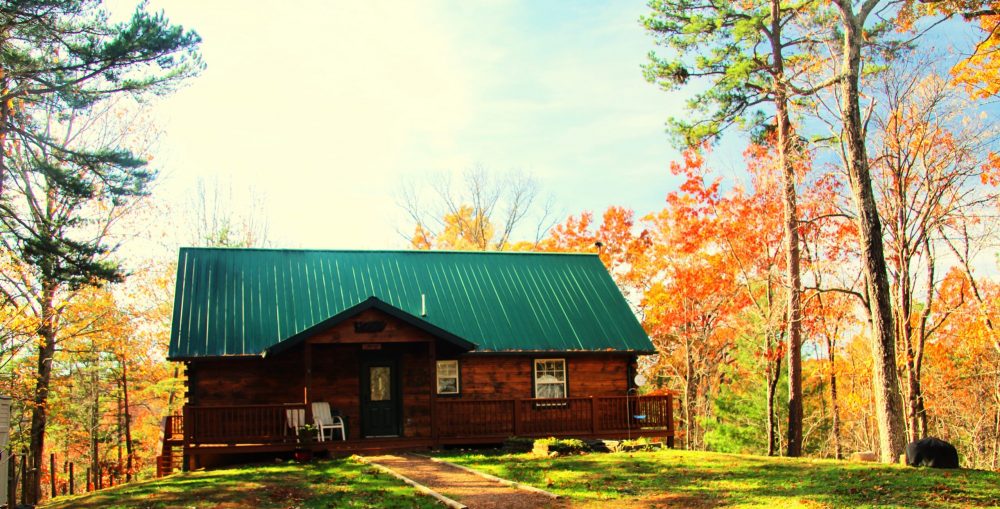Prints were clear, instructions in every Ziploc bag with screws, connectors, tie wraps and glue filled shrink connectors all sub-divided into steps.
First real step to pull the wiring through the coach. Seemed simple enough. There are already many wires that run from the fuse panel located beneath the bed forward to the control panel next to the door and refrigerator. The refrigerator and furnace cabinet runs full height floor to ceiling, seems like a plausible route. OK to keep the voltage loss to a minimum this baby requires 6 gauge wires, not exactly the easiest stuff to run but I must say the wire supplied in the kit was supple and of good quality but it still is big. So the route was under the bed, through a short wire chase, under the shower, through another chase behind the toilet, under the pantry, under the furnace then up along the side of the refrigerator to the control cabinet. The other part of the run was to bring another pair of 6 gauge wires from the roof down through the refrigerator cabinet through the rotary disconnect and then over to the controller. Oh and then there was the battery temperature sensor which runs from the controller down through the refrigerator and furnace cabinet, through the storage cabinet under the floor, along the frame and forward to the battery. This little adventure consumed 18 of the 20 foot temperature lead supplied and the 6 gauge wire turned out to be 28 feet used. All these spaces and cubbies have been used extensively for wires and insulation before this project started. Lynn and I both ended up with arms back in little narrow openings feeling for or pushing wires and coat hangers.
The actual panel install was a piece of cake. Set them in place and mark locations. Pull the adhesive covering off the feet and screw them down. The rooftop electrical connections were made to be heat sealed with a heat gun or a cigarette lighter, but with a lot of patience and a solder gun we were successful without causing any fire.
We have used the system 3 days so far, two have been cloudy by Arizona standards and they system is keeping the batteries charged. Feels good not to run the generator 1 hour a day just to maintain the batteries. Something we have wanted to do for a while and now we are up and running. A Big “thumbs up” for the install kit assembled by AM Solar.
